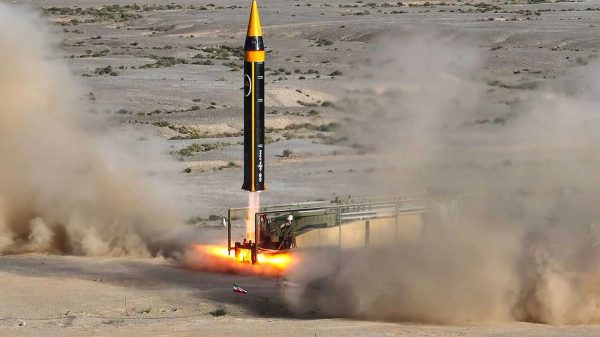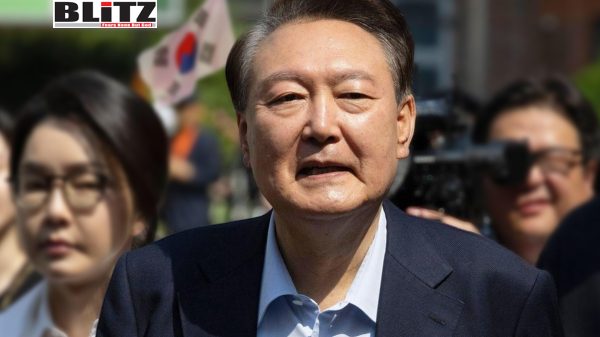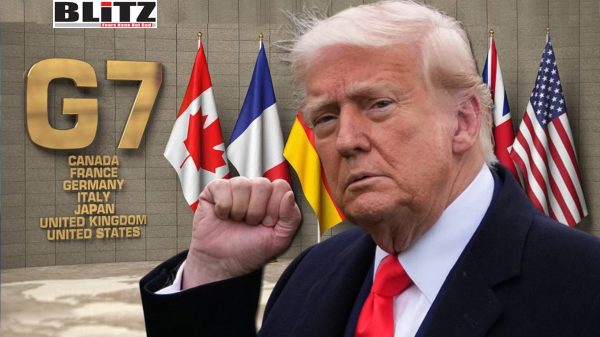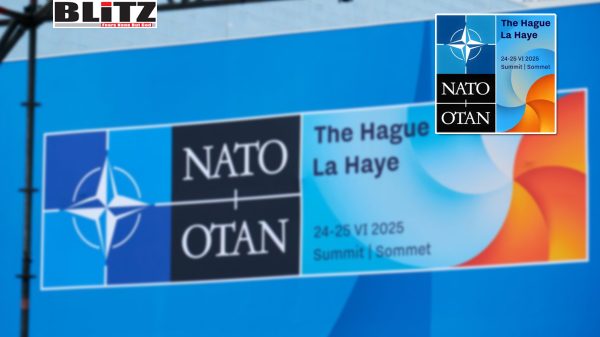China breaks solar installation record amid industry overcapacity and trade challenge
- Update Time : Wednesday, June 25, 2025
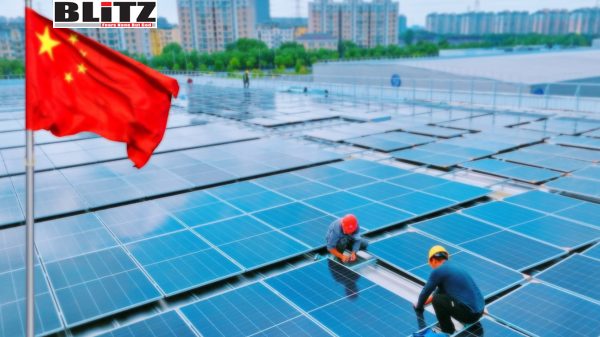
China has once again demonstrated its global dominance in solar energy, setting a new benchmark in renewable energy expansion. In May 2025, the country installed a staggering 93 gigawatts (GW) of solar power capacity-more than any other country has managed in the entire year. This figure, released by China’s National Energy Administration on June 23, not only reflects Beijing’s continued push for renewable energy but also raises concerns about the long-term health of the solar manufacturing industry in the face of regulatory, economic, and geopolitical headwinds.
The sheer scale of China’s May installation is almost difficult to comprehend. For perspective, the total global solar capacity added in all of 2023 was approximately 239 GW, with China contributing about half of that. Yet in just one month this year, the country has added nearly 40% of that amount. The 93 GW figure is also more than four times the capacity China installed in May 2024 and significantly surpasses the previous monthly record of 71 GW, set just last December.
This surge is not a mere coincidence-it is a result of a rush to complete projects before new regulations went into effect. On May 1, a policy came into force that made it more difficult for rooftop solar systems to connect to the national grid. Another change on June 1 removed pricing protections that had guaranteed favorable returns for solar investments. These shifts triggered a race against time for developers, who accelerated construction to beat the deadline and lock in previously secured profits.
Combined with robust installations in April, May’s numbers bring China’s total solar additions in the first five months of 2025 to 198 GW, averaging more than 1 GW per day. That figure underscores both the strength of China’s supply chain and the agility of its developers to navigate shifting regulatory sands.
While the headline numbers appear impressive, they conceal deeper troubles in the solar industry. China’s solar manufacturing sector is struggling with severe overcapacity. Production has far outpaced demand, both domestically and internationally. This glut has led to fierce price competition, with many companies slashing prices to unsustainable levels in order to maintain market share.
The result? All major Chinese solar equipment manufacturers reported losses in the first quarter of 2025. Profit margins have eroded to the point where even top-tier firms are bleeding cash. Compounding this financial stress is a turbulent international trade environment, inflamed by political tensions with the United States.
The China Photovoltaic Industry Association (CPIA) has sounded the alarm, warning that the industry is locked in a “race to the bottom.” The group has urged consolidation to prevent a systemic collapse, but meaningful structural reforms have yet to take place. While the industry once thrived on economies of scale, that same advantage is now turning into a liability as manufacturers churn out more panels than the market can absorb.
External pressures have added fuel to the fire. The return of Donald Trump to the US presidency in January 2025 has reignited trade tensions between Washington and Beijing. In early April, Trump imposed sweeping tariffs on imports from more than 90 countries, including China. These duties were framed as an effort to protect American industries and reduce dependency on Chinese supply chains. Beijing retaliated swiftly, prompting Trump to escalate further by raising tariffs on Chinese goods to a punitive 145%.
China responded with its own aggressive duties of up to 125% on US products, sparking fears of a full-blown trade war reminiscent of the late 2010s. A temporary truce was brokered in Geneva on May 12, involving a 90-day freeze on new tariffs and a 10% baseline duty on both sides. However, the detente was short-lived. Mutual accusations of non-compliance emerged earlier this month, and with the clock ticking on the truce, markets are bracing for renewed escalations.
The solar sector is especially vulnerable in this climate. Many Chinese manufacturers rely on exports to the US and European markets to remain viable. Tariffs disrupt these routes, forcing companies to either absorb the costs or find alternative buyers in an already saturated global market.
With the regulatory push now behind them, analysts expect the pace of new solar installations in China to slow during the summer months. This deceleration will likely exacerbate pressures on manufacturers, who are already contending with mounting inventories and shrinking revenue. Some may not survive the summer without government support or aggressive restructuring.
At the same time, new policies may begin to encourage more sustainable growth models. The removal of pricing protections signals that the Chinese government wants the solar industry to stand on its own feet, rather than depending on subsidies and guaranteed profits. While painful in the short term, this could help weed out weaker players and pave the way for a more resilient sector.
But the timing is delicate. If consolidation happens too late-or if geopolitical frictions intensify-China’s solar ambitions could be undermined. Domestic demand alone may not be sufficient to absorb the record-level output, especially as rooftop grid connections become more restrictive and land-use regulations tighten.
In many ways, China’s solar surge in May 2025 is emblematic of the country’s broader economic strategy: fast, large-scale, and state-guided. It demonstrates extraordinary logistical capabilities and policy alignment. Yet it also reveals the pitfalls of hyper-expansion in a sector that requires balance, not just brawn.
For now, China remains the undisputed global leader in solar energy. But that leadership comes with mounting costs and increasing volatility. The industry’s current trajectory-rife with overcapacity, trade barriers, and internal fragmentation-suggests that unless course corrections are made, today’s record could become tomorrow’s regret.
China’s solar power revolution is still unfolding, but its next chapter will demand more than just gigawatts. It will require stability, innovation, and perhaps most of all, restraint.










